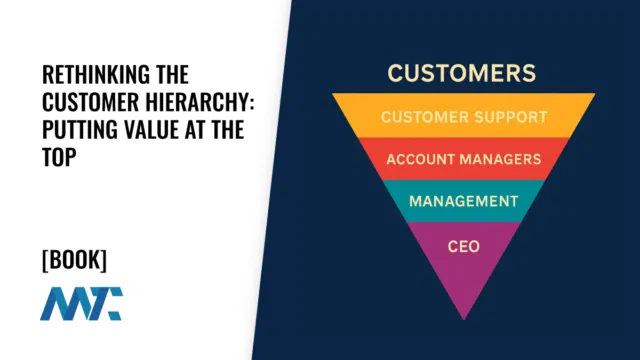Marketing Observations From The Long Tail

Wired editor Chris Anderson released a book that would redefine how marketers and sales professionals view product strategy in the digital age: The Long Tail: Why the Future of Business is Selling Less of More. Two years later, the ideas remain as relevant as ever—if not more so—as companies across industries grapple with the implications of a market no longer confined by shelf space or traditional distribution models.
At its core, The Long Tail explains how the Internet has changed the economics of selling. Rather than relying solely on a few blockbuster hits or bestsellers to drive revenue, digital platforms—Amazon, Netflix, iTunes, and others—enable businesses to profit from selling a vast number of niche products. These misses may only sell a few copies each, but collectively, they can rival or even surpass the sales volume of the hits. Anderson calls this phenomenon the long tail, based on a statistical distribution where a few items account for the majority of volume. Still, the tail—comprising many low-frequency items—adds up significantly over time.
Why It Matters to Marketers and Sales Professionals
The implications of Anderson’s thesis are profound. In traditional sales, success meant finding and selling the next big thing. Shelf space was limited. Advertising was expensive. Reach was finite. But the digital marketplace has flipped that paradigm. Now, marketers can target micro-segments with hyper-relevant content, and sales professionals can tap into markets that were previously inaccessible due to geography, language, or limited demand.
Anderson provides real-world examples of this shift. Amazon sells not just the top 100 books but also hundreds of thousands of books that sell in smaller quantities. Rhapsody and iTunes allow users to download obscure songs that never saw airplay. Netflix rents foreign films and documentaries that Blockbuster never would have stocked. These businesses don’t just survive on variety—they thrive on it.
For marketers, The Long Tail is a call to broaden your thinking. Niche markets are no longer a sideshow—they’re central to your strategy. Long-tail content, long-tail SEO, and long-tail demand generation are all legitimate and necessary tactics in a digital-first world. For sales professionals, it suggests that success no longer requires closing the biggest account on the board. Instead, cumulative value across many smaller deals—especially repeat or subscription-based relationships—can be just as lucrative.
Key Takeaways
- Democratization of Distribution: The internet has leveled the playing field. Niche creators and small businesses can reach global audiences without traditional gatekeepers.
- Shift from Hits to Niches: Blockbusters will always exist, but there’s growing value in serving the tail—those thousands of smaller, underserved markets.
- Inventory Has Changed: Digital storage, streaming, and print-on-demand eliminate the need for costly inventory and enable infinite shelf space.
- Data as Strategy: Recommendation engines, search behavior, and user-generated content are what make the long tail accessible. Data isn’t just a support function—it’s a strategic asset.
- Marketing Must Fragment: Mass marketing is losing effectiveness. Targeted, personalized, and permission-based marketing is the future.
Criticisms and Cautions
While The Long Tail presents a compelling argument, it’s not without critique. Some argue that while the tail is long, the revenue it generates is often overstated. Blockbusters still dominate in many sectors, and even on platforms like Netflix or Amazon, hits frequently outperform the cumulative tail. In addition, the cost of attracting niche audiences—especially through paid digital media—can challenge the long-tail profitability equation.
Still, as digital distribution accelerates and tools like Google AdWords and email automation become more sophisticated, Anderson’s insights serve as a strategic compass. It’s not about choosing between hits and niches; it’s about understanding how to balance them.
Final Thoughts
The Long Tail isn’t just a book about retail or media—it’s a lens through which we can understand the modern economy. For marketers and sales professionals, it offers both a warning and an opportunity: those who cling to hit-driven, one-size-fits-all strategies may find themselves increasingly irrelevant. In contrast, those who embrace the richness and reach of the tail may find untapped growth in places they never thought to look.
Anderson doesn’t just ask us to look deeper into the data—he invites us to look further down the curve. That’s where the future is.







